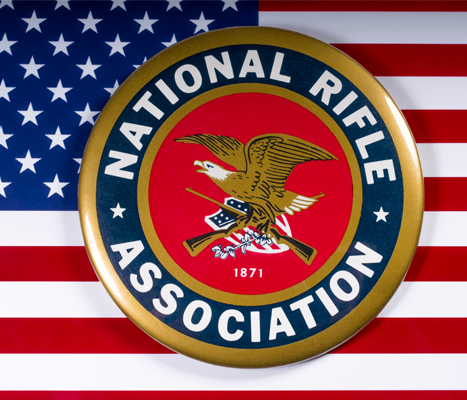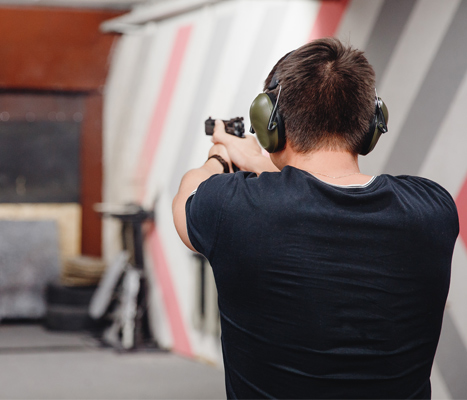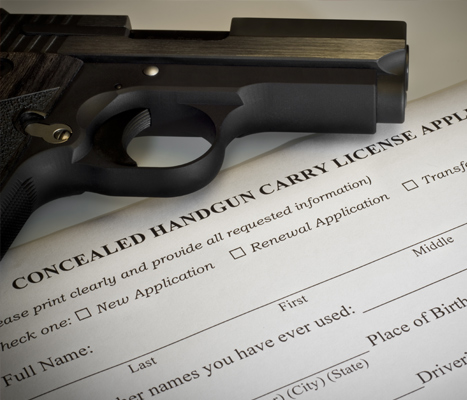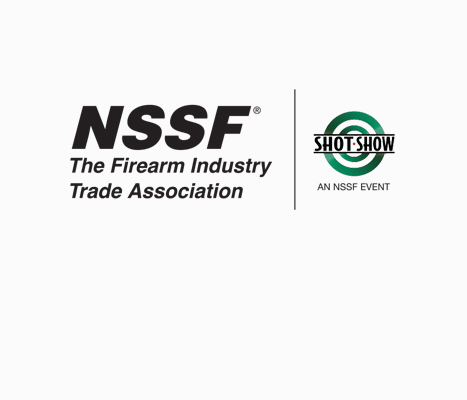Resources for Outdoor Living
Welcome to base camp where you can learn all you need to know before going out and starting your own journey. Let your adventure start here, the American Trailhead team has made ourselves available to help you along every step.
Our community of outdoorsmen and firearms specialists has the resources and answers you’ll need before lacing up your boots or loading your magazine. Start here with us at your Base Camp before your next adventure.
Take part in something special. Base Camp is where you can learn about upcoming events, find your parks, discover the best gear for your next trip, and get the resources needed for enjoying life outside. Prepare for your next hike, camping trip, and more with American Trailhead.

Outdoors
Where to go?
National Parks
US State Parks
Travel Channels Top 10 National Park Activities
Put-ins in Georgia
What is the Weather?
Weather Channel
National Park Active Alerts
What to Wear?
What gear do I pack?
What to Bring Camping?
No two trips are the same. If you’d like recommendations of supplies and equipment to bring with you, reach out to the American Trailhead team.
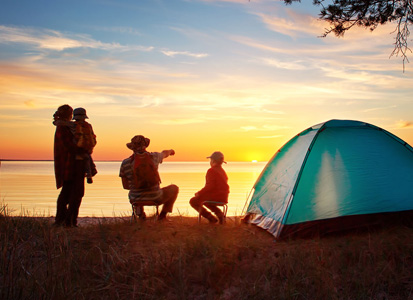
Shooting Sports
Characteristics of a Quality Range
NSSF 5-Start Rating System
Top Gun Range Ventilation Company
Characteristicof Quality Training Programs
Stay sharp and keep learning.
NRA Training
Sig Sauer Training Academy
NSSF 5-Start Rating System
USCCA Instructor Search
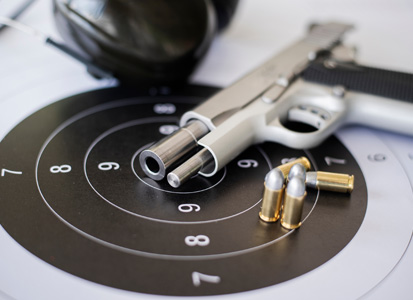
Resources





Community and Industry Partners








